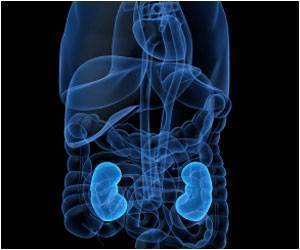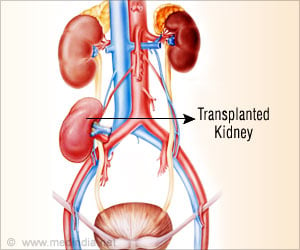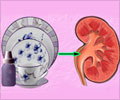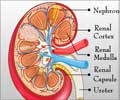In-center hemodialysis is the most common and involves patients going to a dialysis facility three or four times per week to receive therapy.

‘Some patients with end-stage renal disease could benefit from increased autonomy and health-related quality of life if they received home dialysis.’





In-center hemodialysis is the most common and involves patients going to a dialysis facility three or four times per week to receive therapy; home-based dialysis therapies (which include peritoneal dialysis and home hemodialysis) are alternatives that offer more flexibility and lifestyle benefits for some patients. The authors of "Effects of Physician Payment Reform on Provision of Home Dialysis" conducted analyses comparing patients with traditional Medicare coverage who were affected by the policy with others who have Medicare Advantage and were unaffected by the policy. The analyses consisted of a cohort study of patients starting dialysis in the U.S. in the three years before and the three years after payment reform. The study also examined whether the policy had a more pronounced influence on dialysis method assignment in areas most affected by the policy due to lower costs of traveling to dialysis facilities.
Patients with traditional Medicare coverage experienced a 0.7 percent reduction in the absolute probability of home dialysis use following payment reform compared with patients with Medicare Advantage. Patients living in areas with larger dialysis facilities (where payment reform made in-center hemodialysis comparatively more lucrative for physicians) experienced a 0.9 percent reduction in home dialysis use following payment reform compared with patients living in areas with smaller facilities (where payment reform made in-center hemodialysis comparatively less lucrative for physicians).
The paper was co-authored by Dr. Kevin Erickson, nonresident scholar in the Baker Institute's Center for Health and Biosciences, assistant professor in the Section of Nephrology and an investigator at the Center for Innovations in Quality, Effectiveness and Safety at Baylor; Dr. Wolfgang Winkelmayer, the Gordon A. Cain Chair of Nephrology and professor of medicine at Baylor; Dr. Glenn Chertow, professor of medicine and chief of the Division of Nephrology at Stanford's School of Medicine; and Dr. Jay Bhattacharya, professor of medicine at Stanford. It was published in the American Journal of Managed Care.
"We found that national physician payment reform enacted by Centers for Medicare and Medicaid Services in 2004 in an effort to encourage more frequent face-to-face dialysis visits and improve the quality of care resulted in an unintended consequence of relatively fewer patients choosing home dialysis," the authors wrote. "The tiered fee-for-service payment system enacted in 2004 continues to govern physician reimbursement for in-center hemodialysis care and, consequently, may continue to discourage home dialysis use in certain patient populations. These findings highlight both an area of policy failure and the importance of considering unintended consequences of future efforts to reform physician payment."
Advertisement
Source-Eurekalert












